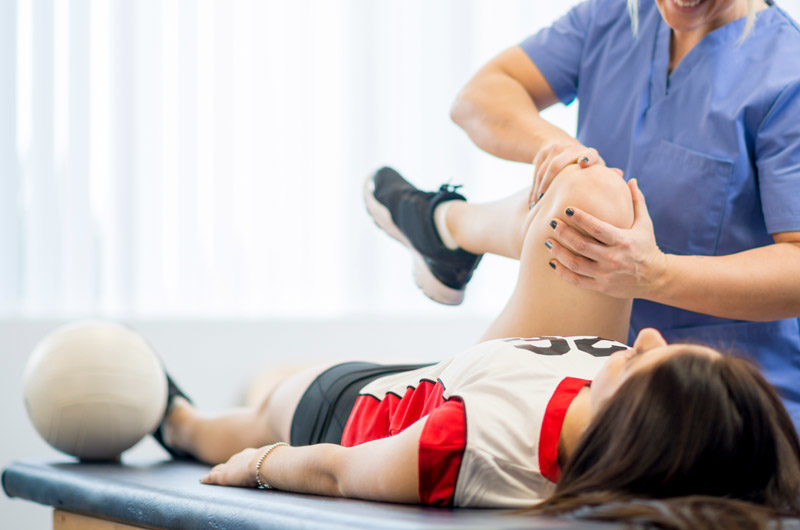Sports Injury Rehabilitation: From Recovery to Peak Performance
Get back in the game safely and stronger—discover how physical therapy plays a vital role in sports injury rehabilitation.
Key Takeaways
-
Sports injury rehab focuses on recovery, pain reduction, and reconditioning after an injury.
-
Customized rehab programs can restore strength, mobility, and prevent reinjury.
-
Common sports injuries treated include sprains, strains, tendonitis, ACL tears, and fractures.
-
Early intervention with a licensed therapist accelerates recovery and improves outcomes.
What is sports injury rehabilitation?
Sports injury rehabilitation is a structured physical therapy program designed to help athletes and active individuals recover after injuries. It includes techniques like manual therapy, therapeutic exercises, and neuromuscular retraining to restore normal function and reduce the risk of future injuries.
Why Is Rehab After a Sports Injury Important?
Ignoring proper rehab after an injury can lead to:
-
Chronic pain
-
Loss of mobility
-
Recurrent injuries
-
Longer downtime from sports or activities
Sports rehab not only helps you heal faster but also strengthens your body to avoid the same injury again.
Common Injuries That Require Sports Rehab
-
Sprains and strains (ankle, hamstring, etc.)
-
Rotator cuff injuries
-
Knee injuries (ACL, MCL tears)
-
Tennis/golfer’s elbow
-
Shin splints
-
Achilles tendonitis
-
Fractures and dislocations
Whether it’s a non-contact injury or one sustained during intense competition, rehab helps restore normal joint and muscle function.
Stages of Sports Injury Rehabilitation
-
Acute Phase (0–72 hours)
Focus: Reduce pain and inflammation. May include rest, ice, gentle movement. -
Subacute Phase
Focus: Restore range of motion and begin strengthening. Gentle stretches and low-impact exercises are introduced. -
Strengthening Phase
Focus: Build muscle strength, joint stability, and improve posture. -
Functional Training Phase
Focus: Reintroduce sport-specific activities (cutting, jumping, pivoting) under supervision. -
Return to Sport
Focus: Final testing to ensure readiness, followed by monitored return to activity.
Why Work with a Licensed Therapist for Sports Injuries?
At Synaptic Rehabilitation in Bridgewater, NJ, we provide 1-on-1 physical therapy sessions tailored to your sport, injury type, and goals. Our therapists use evidence-based protocols and tools like:
-
Manual therapy and soft tissue mobilization
-
Therapeutic exercises and resistance training
-
Neuromuscular re-education and balance work
-
Gait training and joint stabilization drills
We help you return not just to activity—but to your peak performance.
How Long Does Sports Injury Rehab Take?
Rehabilitation timelines vary depending on the severity and type of injury. Minor strains may heal in 2–4 weeks, while ACL or post-surgical recoveries may take 6–9 months. A licensed sports rehab therapist in our clinic in Bridgewater NJ will outline a realistic timeline and track your progress closely.
Get Back on Track with Synaptic Rehab in Bridgewater, NJ
Whether you’re a weekend warrior, high school athlete, or active adult, sports injury rehab is your path to a safe and full recovery. At Synaptic Rehabilitation, we offer personalized treatment plans, one-on-one care, and experienced therapists to help you heal right the first time.
Steven Cheung, DPT
Steven is the founder and lead physical therapist at SYNAPTIC Rehabilitation. He earned a BS in Exercise Science Applied Kinesiology from Rutgers University in New Brunswick, NJ and his Doctorate degree from American International College in Springfield, MA. Steven specializes in movement disorders such as Parkinson’s disease and many other neurological disorders. Outside of practicing physical therapy Steven enjoys time with his wife, running, and staying active.

